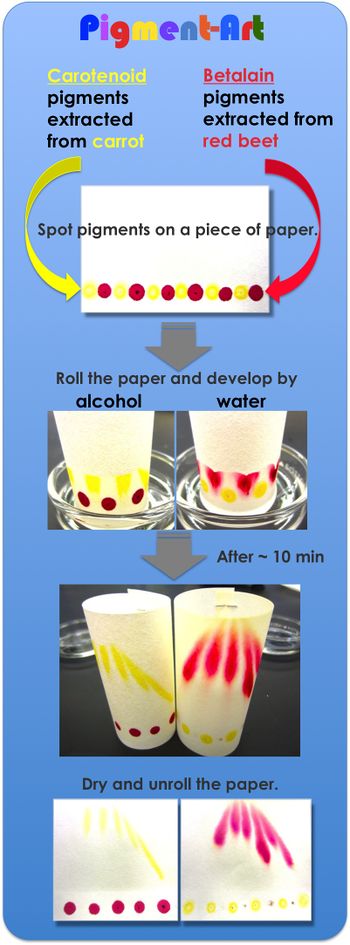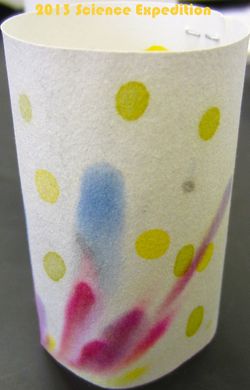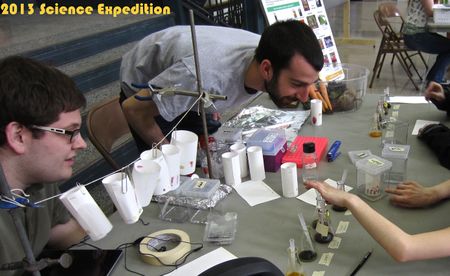Huegel Elementary Science Night - April 19, 2022
Welcome to the submission page for the plant growth and pigment challenge!
Please send us a photo of your flowers and tell us which flowers produce carotenoids, anthocyanins or betalains to <schaut2@wisc.edu>!
If you would like to explore pigments from plants in your kitchen, here is [the submission page for the plant growth and pigment challenge! how you can extract pigments from plant tissues at home.
Thanks again for joining the virtual plant pigment event!
Maeda laboratory
PlantCMB outreach at UW Science Expedition, April 10, 2022
Multiple labs from the UW PlantCMB group participated the 2022 UW Science Expedition. We had a lot of fun interacting with many children and parents.
Maeda Lab Outreach
In plants, aromatic amino acids are used to make colorful pigments, such as anthocyanins and betalains. These pigments also have important nutritional and pharmacological value to humans. To help disseminate the broader impact of our plant metabolism research in general public, we have been presenting an outreach event called “Pigment-Art”.
What is “Pigment-Art”?
- Children and parents can paint using various plant-derived pigments that are extracted from a wide collection of plants available in the Botany Greenhouse. Using their interesting chemical properties [water-loving (polar) and water-fearing (non-polar)], these colorful pigments can be developed in various ways using different solutions (e.g., water, alcohol). As shown in the diagram, extracted pigments are spotted on a paper, dried, and let it stand on a solution. As the solution diffuses up to the top of the paper, the spotted pigments travel together depending on the type of pigments and the solution used. The movement of the pigments in these solutions creates a unique work of art.
- We also hope to share information on the use of plant natural resources in our food, medicine, and many other aspects of human life. For example, the natural pigments provide attractive colors and also nutritional/medicinal properties to our food: Carotenoids are yellow/red pigments also essential for our vision as pro-vitamin A. Scientists believe that it is not coincident that these pigments have beneficial effects on human health. During evolution plants have used the color to attract seed dispersers at the time fruits reach to maturity and are ready to be picked. Animals in turn associate the color to the beneficial ingredients that are accumulated in the fruits. Unfortunately, in the past decades, petroleum-based synthetic chemistry provided cost-effective artificial dyes and replaced many of the natural pigments from our diets. As the synthetic pigments generally lack the nutritional and pharmacological activities, our current diet have significantly reduced nutritional values, while our brain may still mistakenly perceive that we obtain nutrients that are represented by the color.
When and where?
- UW Madison Science Expedition
- April, Birge Hall 1st floor, UW Madison (430 Lincoln Dr.)
- Saturday Science
- Wisconsin Institute of Discovery (WID), 330 N. Orchard St.
Who are involved?
If you have any questions regarding the event, please contact Hiroshi Maeda maeda2@wisc.edu.
|




